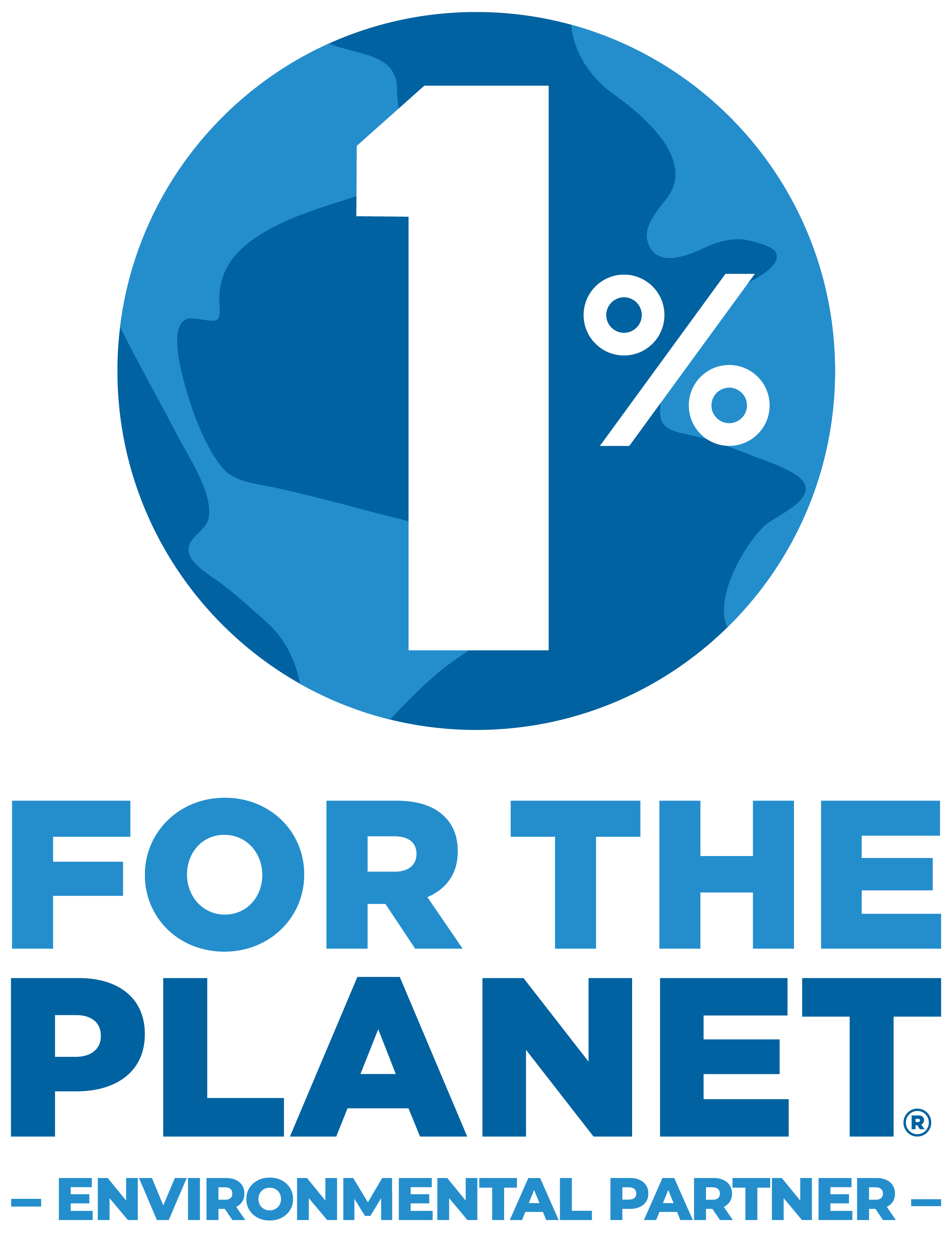Active banners: 1 Visible banners: 1
Banner ID: 25 Has content: true
Join us for the Teaching Economics through Climate – The Snowmobile Business Plan - January 13, 2026 4-5pm ET
Does Cutting Coal Prevent Warming?

This topic is important to teach because it allows students to gain a fuller understanding of how different solutions to climate change can have both positive and negative impacts. To introduce students to the idea of cooling down the Earth, this video can be used to start a discussion about sulfate emissions and other methods. This will create opportunities for rich discussions about different climate change solutions and the multitude of factors that need to be considered. You can use this Science Lesson: En-ROADS Climate Change Solutions to let students explore the real-world impacts of different climate actions.
Written By: MIT Environmental Solutions Initiative
The MIT Climate Change Engagement Program, a part of MIT Climate HQ, provides the public with nonpartisan, easy-to-understand, and scientifically-grounded information on climate change and its solutions.
Wait a second—how could the Earth get warmer if we cut coal power? Coal plants, like all fossil fuel plants, emit carbon dioxide (CO2), which is a greenhouse gas that traps heat in our atmosphere. So cutting coal power should help stop global warming… right?
It will—but when we get into the details of how coal power changes temperatures, it gets a little more complicated. Coal power doesn’t just emit carbon dioxide. It also emits fine particles called aerosols. And aerosols’ effects on climate change are not as straightforward as CO2’s.
“Generally, coal power produces two kinds of aerosol emissions,” says Dr. Chien Wang, an atmospheric chemist at MIT’s Joint Program on the Science and Policy of Global Change. “One is called black carbon, or soot.” Soot helps warm the Earth: its black color absorbs heat and can contribute to melting ice.
The second type of aerosol emission, sulfates, has a cooling effect. Water droplets attach to the sulfates, easily condensing into clouds. Those clouds then reflect the sun’s heat into space, lowering temperatures on Earth. Sulfates usually form clouds about a mile above Earth’s surface, where they can cool the Earth by a lot.
And this means that shutting down coal plants cuts not only CO2, but also soot and sulfur particle emissions. “If you cut coal burning, indeed you reduce CO2 emissions, which reduces heating,” says Wang. “But at the same time you cut [sulfate] aerosols, which otherwise would have cooled the climate system.”
All resources can be used for your educational purposes with proper attribution to the content provider.





